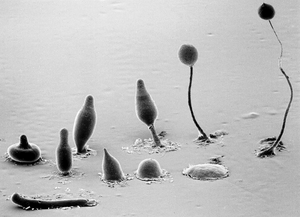 An outbreak of a virtual disease in the the popular online game World of Warcraft is providing an insight for scientists on how people behave in a real epidemic:
An outbreak of a virtual disease in the the popular online game World of Warcraft is providing an insight for scientists on how people behave in a real epidemic: The "corrupted blood" disease spread rapidly within the popular online World of Warcraft game, killing off thousands of players in an uncontrolled plague. The infection raged, wreaking social chaos, despite quarantine measures.
The experience provides essential clues to how people behave in such crises, Lancet Infectious Diseases reports.
In the game, there was a real diversity of response from the players to the threat of infection, similar to those seen in real life. Some acted selflessly, rushing to the aid of other characters even though that meant they risked infection themselves. Others fled infected cities in an attempt to save themselves. And some who were sick made it their mission to deliberately infect others.

